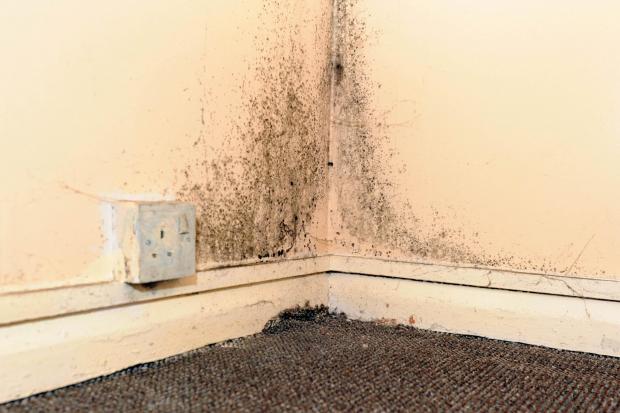Understanding the levels and behaviour of mould and fungal particles in the indoor environment is essential in order to carry out more comprehensive exposure assessments and analysis of their associated health effects. Researchers at Korea University and the National Institute of Environmental Research in Seoul present a study, describing a valuable method to achieve this.
Microbial pollution (for example from bacteria and fungi) can present a serious public health risk. A particular concern has been raised regarding filamentous fungi (better known as mould). Indoor mould is primarily caused by excess moisture, for example due to leaking pipes, rising damp or rain seepage. The World Health Organisation warns that mould is a key element of indoor pollution, linked with triggering and exacerbating allergic symptoms and diseases such as asthma and other respiratory illnesses.
Children are particularly sensitive to allergen exposure and, because they spend considerable time indoors, they could be vulnerable to these serious health effects if the indoor environment is not well maintained. Elementary (primary) school children spend upwards of six hours a day in school, mostly in one classroom. This emphasises the importance of minimising the risk of developing or increasing allergic diseases due to pollutants in the school environment. While there has been considerable interest in assessing the problem of mould in school classrooms, as yet few comprehensive assessments have been performed.

Household mould - a cause of indoor microbial pollution (Source: http://www.yourlocalguardian.co.uk)
Traditionally, studies of microbial pollution from mould involve making spore counts by culturing from collected samples due to ease of sampling and analysis. However, this method does not allow adequate evaluation of the exposure to mould due to the different growth rates of different types of mould. Therefore, assessment of spore concentration is not adequate on its own to fully investigate fungal exposure to humans.
More recently, the measurement of (1,3)-β -D-glucan has been proposed as a new tool to determine microbial pollution. This compound exists in fungal cell walls and is more common in airborne spores, so it is proposed that analysis of (1,3)-β -D-glucan in small-scale fungal fragments could be applied for an exposure assessment of mould and associated health effects in the school environment. This research by SungChul Seo and co-workers presents the first study of its kind to apply this approach to a relatively large-scale assessment of actual classrooms.
In the study, the levels of small-size (submicron) fungal fragments as well as airborne moulds, bacteria, and particulate matter (PM10), were evaluated in both indoor and outdoor areas of 70 classrooms in 8 elementary schools and the variation in the concentrations before and after the rainy season (May and July) were investigated. The concentrations of (1,3)-β -D-glucan in submicron fungal fragments, airborne mould and bacteria, and PM10 were measured simultaneously and the association of these levels with physical factors (i.e. temperature and relative humidity) wasalso compared and analysed.
The results indicate that the indoor/outdoor ratios of (1,3)-β -D-glucan concentrations were greater than 1 in every school. It was also shown that in the sampling period after the rainy season, the (1,3)-β -D-glucan concentrations decreased by about 35%, and similar significant decreases in the concentrations of airborne mould, bacteria and PM10 were observed as well. A negative association between the concentration of submicron fungal fragments and relative humidity was also observed.
This study therefore provides valuable insights into the concentrations, behaviour and variability of microbial pollution associated with mould in the school environment. This clearly outlines some of the key practical considerations required to carry out assessments of fungal exposure and could pave the way for similar studies in different locations. The authors note that more comprehensive exposure assessments for smaller-sized fungal particles should be performed for better understanding of their health impact, particularly with regard to seasonal and temporal changes.
To access the full article, download a copy for free* by clicking the link below.
Submicron fungal fragments as another indoor biocontaminant in elementary schools
SungChul Seo, Yeong Gyu Ji, Young Yoo, Myung Hee Kwon and Ji Tae Choung
Environ. Sci.: Processes Impacts, Advance Article, 2015
DOI: 10.1039/c4em00702f
—————-
Ian Keyte is a Doctoral Researcher at the University of Birmingham. His research focuses on the sources, behaviour and fate of polycyclic aromatic hydrocarbons (PAHs) in the atmosphere.
—————-
* Access is free until 08/07/2015 through a registered RSC account.











